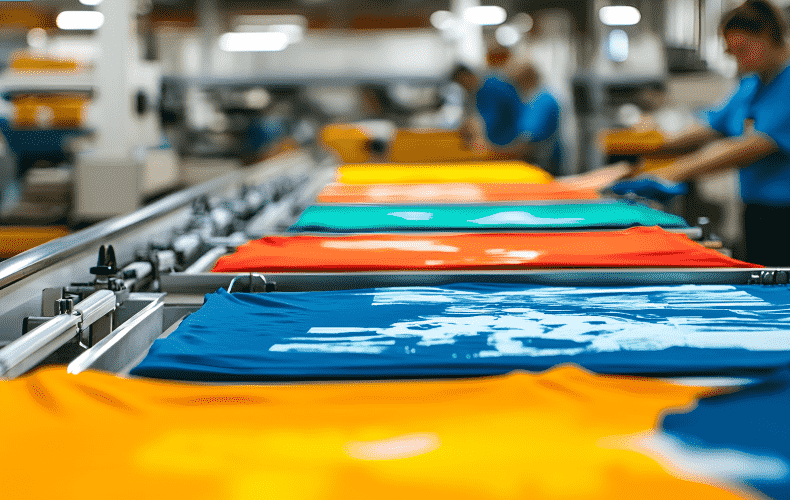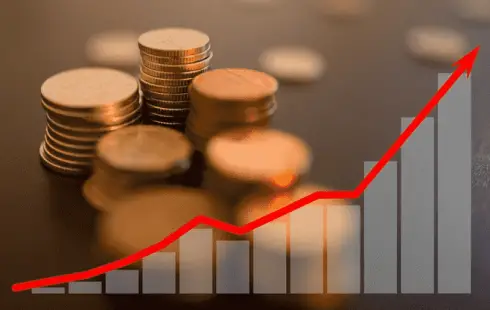
Custom T-Shirts: Last-Minute Gifts They'll Actually Love
Section: Arts
 The exceptionally strong price increase continues. In April, the inflation rate in Germany reached 7.4 percent, as the Federal Statistical Office announced on Thursday after a first estimate. In March, it had been at 7.3 percent, in February at 5.1 percent.
The exceptionally strong price increase continues. In April, the inflation rate in Germany reached 7.4 percent, as the Federal Statistical Office announced on Thursday after a first estimate. In March, it had been at 7.3 percent, in February at 5.1 percent.
Inflation rates of more than 7 percent were last seen in Germany around 40 years ago. At 7.4 percent, inflation in the European Monetary Union has even reached its highest level since its foundation.
There has been one notable change compared with March. Energy prices are no longer rising quite as strongly as in the previous year, and in some cases they are even falling slightly compared with the previous month. On the other hand, food prices are rising all the more. These include in particular those affected in some way by the Ukraine war, such as vegetable oil and products made from cereals, for example bread. Ukraine was one of the major producers of both.
Economist Carl Christian von Weizsäcker even believes that the officially measured inflation in the food sector is still understated, because for some of the foodstuffs particularly affected by the war, the shelves in the supermarkets were empty at times - making it difficult to collect prices.
At the gas stations, prices were recently not quite as high as around March 10. The price of Super E10 fell on average from 2.20 euros to 1.96 euros per liter, while diesel dropped from 2.31 euros to 2.02 euros per liter. Nevertheless, these prices are still exceptionally high by historical standards and also compared with the previous year. The price of crude oil, which had soared to almost 130 dollars per barrel (159 liter barrel) following Russia's attack on Ukraine, also calmed down somewhat and most recently stood at 105 dollars. Again and again, however, news from the war and on the sanctions can also drive it up.
Somewhat more detailed figures on price developments for individual products have been published by the state statistical offices. The figures for North Rhine-Westphalia, which is usually quite representative, show that above all the sharp rise in prices for food and, to a lesser extent, for package tours more than compensated for the drop in oil prices from their peak in March, says economist Holger Schmieding of Hamburg-based bank Berenberg.
More expensive compared to the previous month became in particular liquid gas (plus 40 percent), peppers (plus 15.8 percent) and pork (plus 13.9 percent). In contrast, light heating oil (down 18.4 percent), chocolate bars (down 10.7 percent) and diesel fuel (down 9.8 percent), for example, were offered at lower prices.
According to the report, the year-on-year increase in energy prices has declined somewhat since March, from 42.6 to 37.6 percent. That is above all because of the fuel oil, which became cheaper in relation to March by 13.8 per cent, on yearly view the price rose thus "only" by 74.1 per cent and no longer by 99.8 per cent as still in March. The situation was similar for diesel: the price of the fuel fell by 9.8 percent compared with March, which still meant a price increase of 49.9 percent over the year, but no longer by a good 65 percent as in March.
In contrast, consumers are increasingly feeling the effects of the sharp rise in prices for cereals and other basic foodstuffs. For foodstuffs as a whole, the NRW inflation rate rose further from 7.5 percent in March to 10.2 percent in April, partly because meat and meat products now cost 13.8 percent more in April than in the same month last year, instead of 5.2 percent as in March. In one month, prices for meat and meat products have skyrocketed 8.5 percent. "Unfortunately, the barbecue season is becoming considerably more expensive than usual," commented economist Schmieding.
In the case of bread, the price has now risen by an impressive 10.6 percent year-on-year, compared with 7.5 percent in March. In the case of edible fats and oils, the year-on-year price increase even rose from 19.7 percent in March to 27.7 percent in April. However, tourism also contributed to the slight increase in the NRW inflation rate. As an expression of supply chain bottlenecks, there is also a noticeable increase in inflation for durable consumer goods. The inflation rate for this sector rose further to 6.8 percent, up from 6.3 percent in March.
What is the ECB doing in view of the exceptionally high inflation?
So far, the European Central Bank (ECB) is still dithering about taking swift action against high inflation. The official line is to decide at the next monetary policy meeting on June 9, based on available data, to end bond purchases in the third quarter, July through September, and to raise interest rates "sometime thereafter." "Some time after" could mean a week later as well as some months after, ECB President Christine Lagarde had said.
However, there have now been an increasing number of voices from within the ECB, not only from individual national governors, but also from the Executive Board, who are arguing in favor of a first rate hike before the end of July. In this case, the central bank's communication to date could also be interpreted as meaning that the last purchases of new bonds could be made as early as June and that, according to the planned sequence, the way is then clear for interest rate hikes in July.
At any rate, the investment bank Goldman Sachs has revised its forecast for the further development of interest rates upward: It now expects the ECB to raise its key interest rates by 0.25 percent as early as July, followed by further rate hikes in September and December and another four steps in the coming year 2023.
Image by Tumisu

Section: Arts

Section: Arts

Section: Business

Section: Business

Section: Arts

Section: Health

Section: Arts

Section: News

Section: News

Section: Arts
Health Insurance in Germany is compulsory and sometimes complicated, not to mention expensive. As an expat, you are required to navigate this landscape within weeks of arriving, so check our FAQ on PKV. For our guide on resources and access to agents who can give you a competitive quote, try our PKV Cost comparison tool.
Germany is famous for its medical expertise and extensive number of hospitals and clinics. See this comprehensive directory of hospitals and clinics across the country, complete with links to their websites, addresses, contact info, and specializations/services.
One of the most beautiful squares transforms into a summer stage every year for two days. The Gärtnerplatz Open-Air features a free music and cultural program across three stages, as well as street food from local vendors. On Saturday, the main stage at Gärtnerplatz offers something for everyone,...



No comments yet. Be the first to comment!